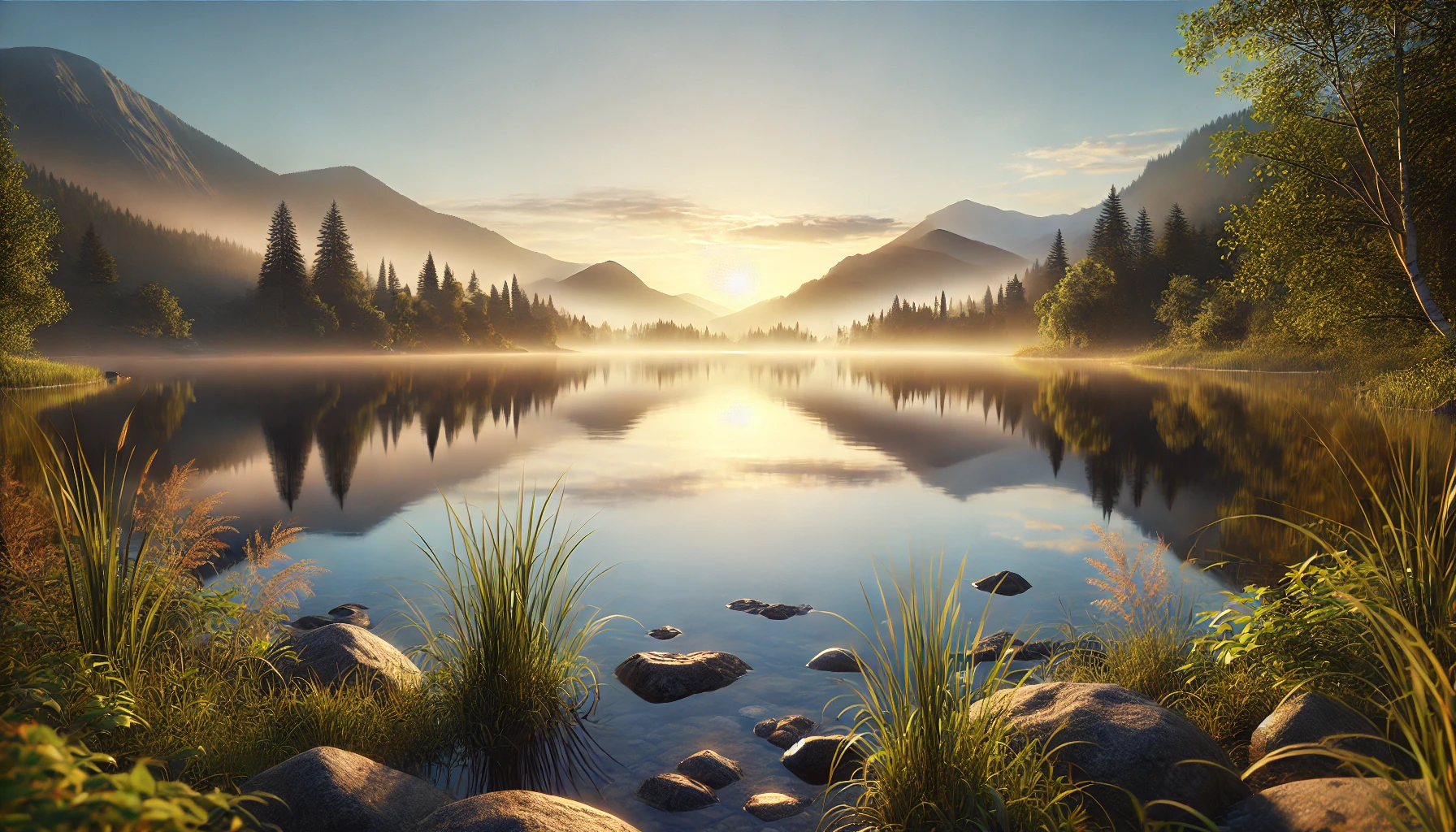Reflections add a unique and artistic touch to photography, creating symmetry, depth, and visual interest. From lakes and puddles to mirrors and glass, reflections offer endless creative possibilities. Here’s how to master reflection photography.
1. Look for Still Water
Still water acts as a natural mirror, producing clear and crisp reflections. Lakes, ponds, and calm seas are excellent locations.
Pro Tip: Visit early in the morning or on windless days for the calmest water surfaces.
2. Use a Polarizing Filter
A polarizing filter reduces glare and allows you to control the intensity of the reflection. Rotate the filter to find the perfect balance between the reflection and the underlying scene.
Pro Tip: Avoid overusing the filter to maintain a natural look.
3. Incorporate Foreground Elements
Add depth and context by including elements like rocks, leaves, or plants in the foreground. This creates layers that guide the viewer’s eye through the image.
Pro Tip: Use a wide-angle lens to emphasize the foreground while capturing the reflection.
4. Experiment with Angles
Changing your perspective can dramatically alter how the reflection appears. Get low to the ground for a closer, more symmetrical reflection, or shoot from a higher angle for a unique composition.
Pro Tip: Include part of the real subject along with its reflection to create balance and symmetry.
5. Adjust Camera Settings
For sharp and well-exposed reflection shots:
- ISO: Set to 100 or 200 for minimal noise.
- Aperture: Use f/8–f/16 for sharpness across the scene.
- Focus: Manually focus on the reflection or the subject, depending on the emphasis.
Pro Tip: Use a tripod for stability, especially in low-light conditions.
6. Capture Reflection Details
Zoom in on smaller reflections, like raindrops, puddles, or dew, for abstract and artistic shots.
Pro Tip: Use a macro lens for extreme close-ups of intricate details.
7. Time Your Shoot
Lighting dramatically affects reflections:
- Golden Hour: Enhances warm tones and soft light.
- Blue Hour: Creates moody and ethereal reflections.
Pro Tip: Avoid shooting under harsh midday light, as it can wash out reflections.
Checklist for Reflection Photography
- Is your water surface or reflective material clean and still?
- Have you included foreground and background elements for depth?
- Have you adjusted lighting and filters to optimize the reflection?
Reflection photography invites creativity and experimentation. By mastering angles, lighting, and composition, you can capture stunning images that showcase the world from a new perspective.
